Suggestions for lessons and tasks according to human rights
The intention with the teaching is to educate our students in human rights. The purpose is also to develop the students capacity to express their own opinions standpoints and ideas.
The students will learn about UN:s declaration of human rights and examine how they are used and how they can be used. We will discuss what each paragraph really mean and how to interpret them.
They will learn the history of human rights and why the declaration of human rights was taken in 1948.
The students will practise in argumentation and to discuss different problems and issues from different angles and opinions.
The students will practise how to use and define words and ideas like rights, freedom, discrimination, torture, slavery, and equality.
How we can approach one another in this world with acceptance and respect for human dignity. That includes also a global prospective of how the declaration of human rights is used in different countries by comparing industrialized countries with developing countries.
The students will reflect about how young people can make a change and how to influence the present development in the world.
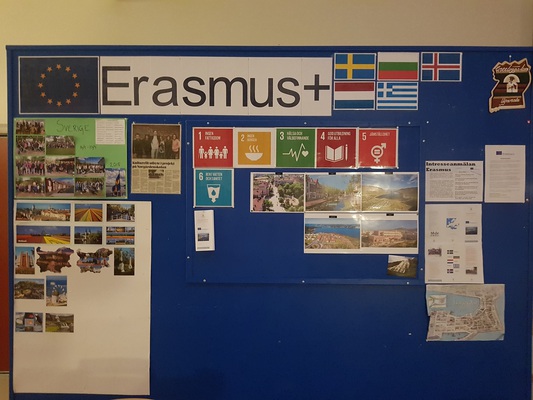
Suggestions of lesson in civic sociology
1. Introduction: UN:s declarations of human rights
We talk about the history of human rights and when and why they were founded. We read about the declaration of human rights focusing on paragraphs 1-5. We watch the UN:s film about human rights followed by discussions.
Together we try to define and explain the meaning of human rights, discrimination, slavery, torture and equality.
The students will make a small research among friends and family. The main questions will be “do you know anything about human rights and how do you define human rights”?
The answers will be put together and introduced to the class followed by a discussion and reflections.
2. The new country
It is an exercise in creating own rights and laws according to the paragraphs 1-5.
The students will be divided in groups of four.
The task is to imagine that they from now on will live on an island which will be a new country. There is no present government so they will have to create new laws for the country.
§ Name the country.
§ How will we live on this island?
§ What is most important for the people who live there?
§ What will the government be like?
§ Create 5 fundamental laws based on human rights.
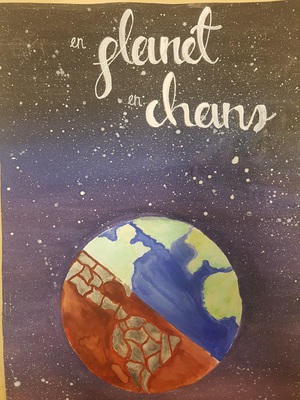
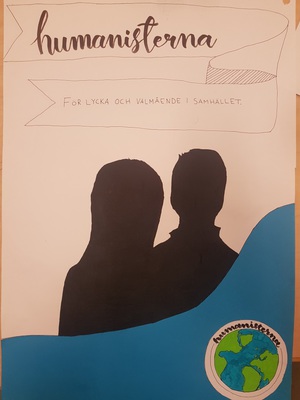
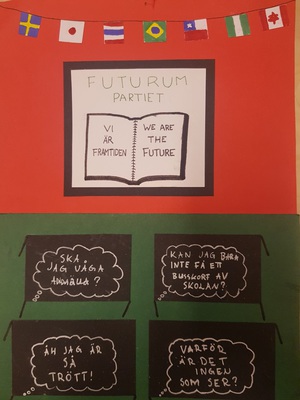
3. What is discrimination and what is not discrimination.
Discrimination is one explanation to poverty and exclusion from society in Sweden and other countries of the world.
What is the definition of discrimination? The students will work in groups.
The students will be given a stencil with several examples of discrimination. Some of them are real cases and some are made up.
The students try to figure out which cases can be defined as discrimination and what cases can probably not be defined as discrimination.
The students have to motivate their point of view in the following discussion in the class.
4. Debate battle
This is an exercise in argumentation and to claim ones opinions with spoken words. The practice is similar to a role game.
Each student will have a given opinion to argue for. The topics are: Fear and freedom, Sweden-China . For those who approve we will film the debates.
5. What is important for you?
The students will work individual, in pairs and all together.
Each student choose the two most important paragraphs 1-5.
Write down a motivation of why these two paragraphs are the most important for you.
Write also down and explain why you did not choose one of the other three paragraphs.
Compare your answers with a friend and discuss them.
We talk about the answers in the whole class. Did you choose the same paragraphs in the class? Was it a big or small different between your choices.
6. Nobel prize winners in peace
We will talk about Nobel prize winners like Gandhi, Obama. Sn sui etc.
Work in smaller groups about 2-3 students. Choose one of the prize winners and make research of them.
Look for facts/history about the prizewinner you have chosen.
Now, find out things about their countries. For example, how many people lives there, mortality, average age, BNP, illiteracy, schools, health care, equality, what kind of leading government, unemployed people, industries and is it an industrialized country or a developing country. Describe also the geographic position.
Check out how the five paragraphs work today in your country. Make a presentation in form of a power-point or a poster.
Suggestions of lessons in fine arts.
1. illustrations
Create a picture which describes the new country that you created in task 2 civics. Use different technics. You can choose collage, acrylic painting, color pens or graphite pencils. Create a flag that represents the country, make sure that there is a connection with the countries laws. Place it somewhere in the picture.
2. Clay animations.
Work in groups. Discuss a scenario that can be related to the first 5 paragraphs. Each paragraph will be represented as an animation. Work with colored clay. Draw and paint environments for the background and the ground, where the figures will be acting.
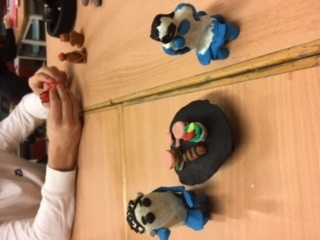
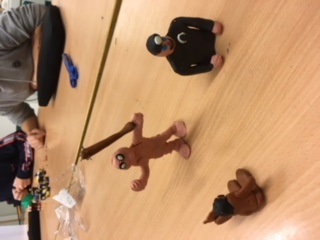
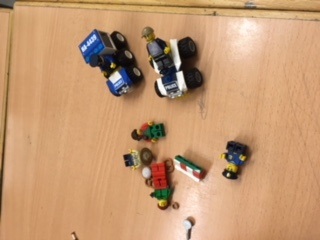
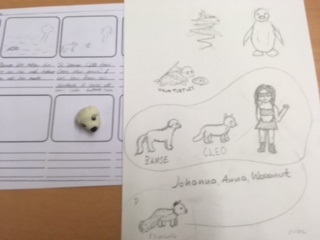
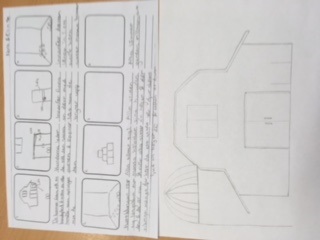
3. Debates: Filming
Use ipads to document the debates(for those who are willing to act).
Think about angles, concoction, background, light and sound.
4. Nobelprize winners
According to task 6 civics. Make an acrylic portrait of your prizewinner. In the fond make a collage with quotations, happenings and work that the winner has done to deserve the prize. Use mixed technics like drawings, pictures and letters cut out from papers etc.
5. Logotypes
The students will create logotypes which will represent the paragraphs 1-5.
They make several sketches and choose one of them. Different technics will be used. The students choose the most suitable for their logo.